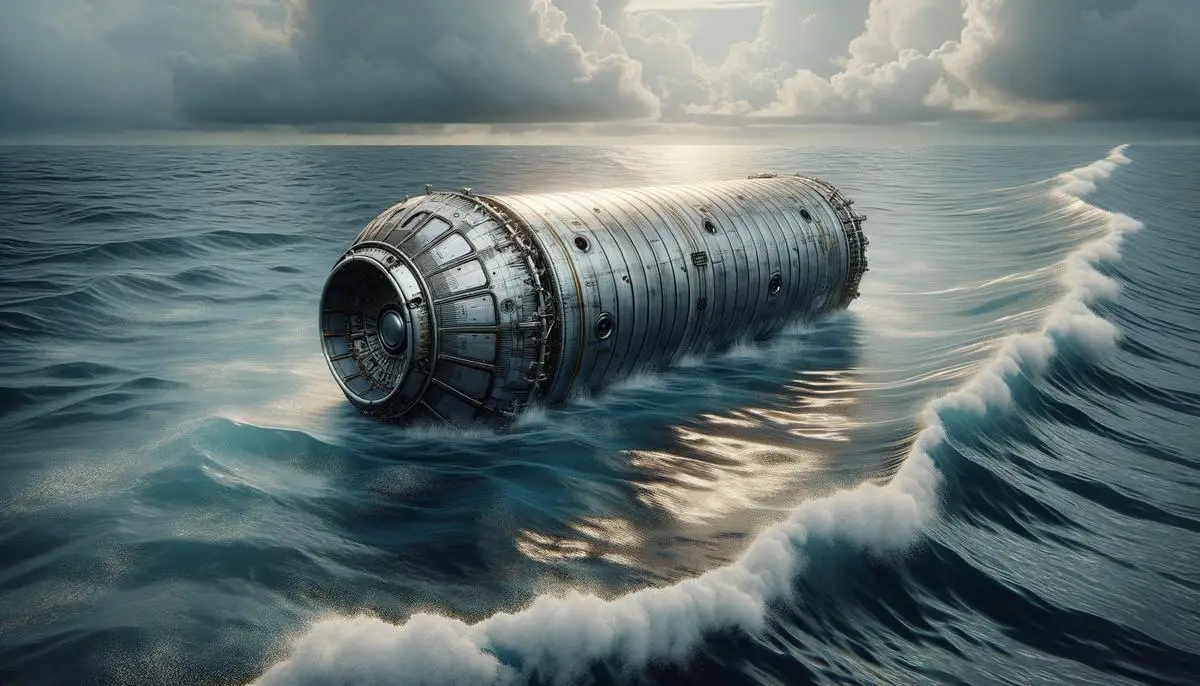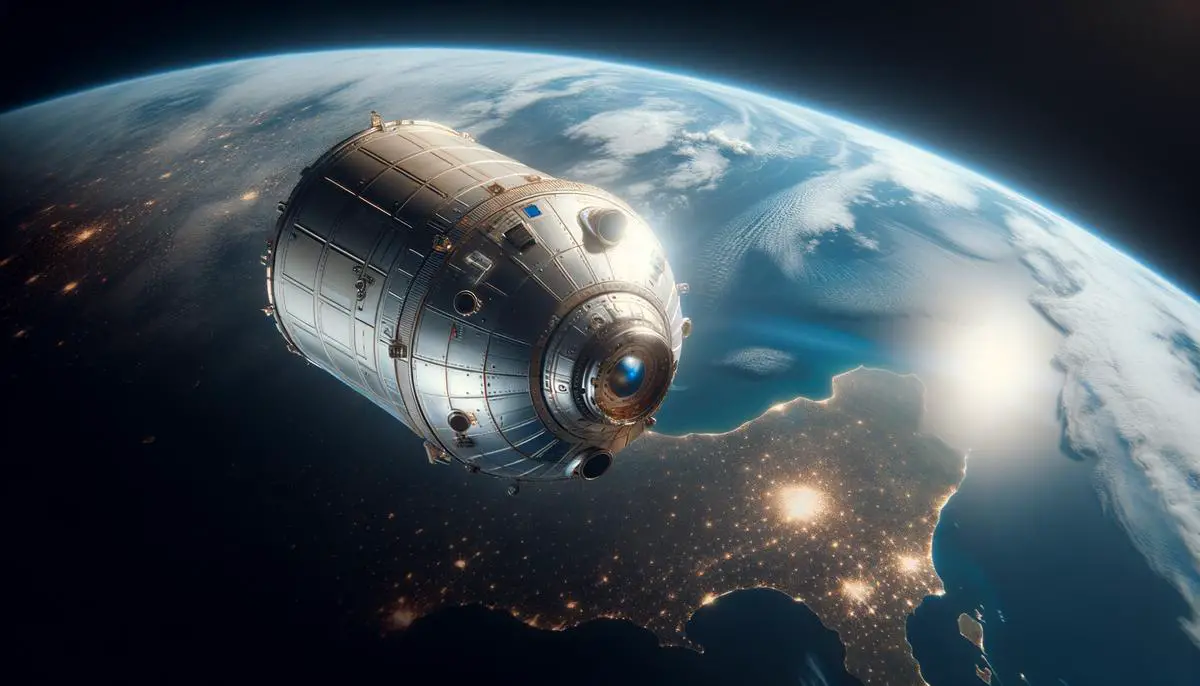SpaceX's Polaris Dawn: A Milestone in Private Space Exploration
SpaceX's Polaris Dawn mission launched from NASA's Kennedy Space Center on Sept. 10, 2024, marking a significant milestone in space exploration. The mission aims to conduct the first private spacewalk, pushing the boundaries of commercial spaceflight.
The Falcon 9 rocket successfully lifted off, carrying the Crew Dragon Resilience. The launch faced initial delays due to weather conditions and a helium leak detected during preflight checks. However, the team's preparation continued, and the launch proceeded once conditions improved.
Mission Objectives and Crew
Led by mission commander Jared Isaacman, the crew includes:
- Scott "Kidd" Poteet
- Sarah Gillis
- Anna Menon
Key mission objectives include:
- Reaching an elliptical orbit with a maximum altitude of 870 miles above Earth's surface
- Conducting a two-hour spacewalk on the third day, testing SpaceX's new EVA suits
- Performing about 40 scientific experiments
- Demonstrating Starlink capabilities
The mission is scheduled to conclude on the sixth day with a splashdown off the Florida coast, representing a significant step forward in private space ventures and cosmic exploration.
SpaceX Crew-9 Mission: Anomaly and Investigation
A recent incident involving SpaceX's Crew-9 mission has drawn attention. On September 28, 2024, the Falcon 9 rocket encountered an anomaly during the second stage's deorbit burn. While the primary mission of placing the Crew Dragon capsule into orbit succeeded, the upper stage made contact with the ocean beyond its intended target zone.
The U.S. Federal Aviation Administration (FAA) has initiated an investigation into the incident. SpaceX has acknowledged the anomaly and committed to identifying the root cause before resuming launches.
Recent Challenges and Implications
This event follows other recent challenges faced by SpaceX's Falcon 9 rockets:
- A liquid oxygen leak in July
- A failed first-stage landing attempt in August
The temporary suspension of Falcon 9 flights may cause delays in several upcoming missions, including NASA's Europa Clipper. The Falcon Heavy, which shares the Falcon 9's upper stage, may also be affected.
"The FAA is aware an anomaly occurred during the SpaceX NASA Crew-9 mission that launched from Cape Canaveral Space Force Station in Florida on September 28. The incident involved the Falcon 9 second stage landing outside of the designated hazard area. No public injuries or public property damage have been reported. The FAA is requiring an investigation."
SpaceX's approach to these challenges demonstrates their commitment to safety and continuous improvement in space exploration technology.

Starlink Satellite Launch Developments
SpaceX has made significant progress in expanding its Starlink megaconstellation, recently deploying satellites equipped with Direct to Cell capabilities. The company has now launched over 7,000 Starlink satellites, solidifying its position in space-based connectivity infrastructure.
Launch operations have faced occasional weather-related delays, highlighting the importance of favorable atmospheric conditions. For example, an overcast sky in Florida briefly postponed a launch on September 5.
Technical Achievements and Challenges
Technical challenges continue to test the Falcon 9's adaptability. A recent launch from Cape Canaveral Space Force Station utilized a booster on its 15th flight, demonstrating the rocket's reusability and reliability.
These Starlink missions are integral to SpaceX's broader strategy, contributing to both their space exploration goals and the development of global internet coverage. The company's approach to reusing rocket components across different models showcases their commitment to efficiency and innovation in space technology.
As SpaceX continues to deploy Starlink satellites, they move closer to reshaping global communications and strengthening the infrastructure for future digital needs.
- Federal Aviation Administration. Statement on SpaceX Crew-9 Mission Anomaly. September 29, 2024.
- SpaceX. Polaris Dawn Mission Overview. September 10, 2024.
- NASA. Crew-9 Mission Updates. September 28, 2024.
- McDowell J. Satellite Statistics Database. September 5, 2024.
![]()
